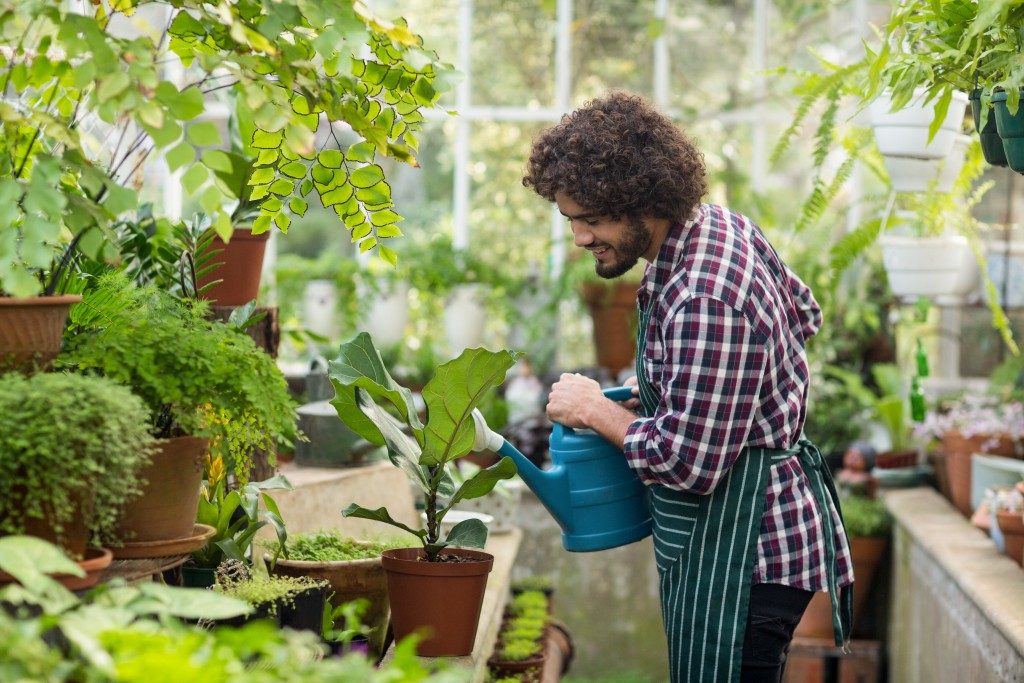Geodesic greenhouses look more at home in Mars than your backyard. These futuristic structures make vast greenhouses, but they come with advantages and disadvantages.
Pros
1. Stability
Geodesic domes are one of the most stable structures ever built. Stress is distributed over the whole structure enabling geodesic domes to withstand enormous pressures. There are no angular spaces for the snow to accumulate or for the wind to crash into. The modular nature of the dome also puts less stress on the glass, although the structure requires more pieces of glass, the parts will be smaller and less prone to shattering.
2. Maximum Use of Sunlight
Geodesic domes utilize sunlight at a higher efficiency than standard greenhouses. Its dome-like structure allows sunlight to pass at any angle at any time of the day. Rectangular greenhouses are less efficient during early mornings and late afternoon when the sun is close to the horizon and only perform at maximum efficiency during midday. The efficient use of sunlight by geodesic domes and the added insulation provided by its structure enable it to retain more heat during the winter months, allowing you to extend your growing season.
3. Aesthetics
You won’t be reading this if you aren’t already intrigued by the geodesic structure. A geodesic dome will be an eye-catcher and conversation starter. Children will be fascinated by its construction — a good time to teach them about gardening. A visible geodesic dome in your backyard will mark your house with a bit of distinction. Your friends asking for direction will only need to ask about the home with the strange dome.

Cons
1. Complexity
If you’re building one from scratch or even using a prefab kit, geodesic domes are complexity personified. Every link must be carefully measured and put in their right place, or else you won’t achieve the dome-like structure. A geodesic dome can take as much as two to three times the effort it takes to build a regular greenhouse. Unless you’re using polycarbonate sheets, purchasing glass according to the individual modules can also be problematic and expensive.
2. Heat Retention
The efficient use of sunlight has a drawback: heat retention. Unless you’re growing heat-resistant or heat-loving crops like peppers, melons, tomatoes, or greens, you need some way to disperse or reduce heat. While you can use regular window shades for standard greenhouses, a geodesic dome will need a little more creativity. You can either purchase custom window shades or an automatic venting system that uses fans.
3. Unfamiliarity
Though geodesic greenhouses aren’t something new; very few people have heard of them or seen one. Getting a permit can be a bit trickier and the attention an alien-like structure draws can be problematic for your homeowners’ association. Patiently explain the use of your dome and make no mention of invasions or space aliens.
Geodesic greenhouses are superior to ordinary greenhouses when it comes to sunlight utilization, insulation, and durability. However, these structures are difficult to build and may raise a few eyebrows.

